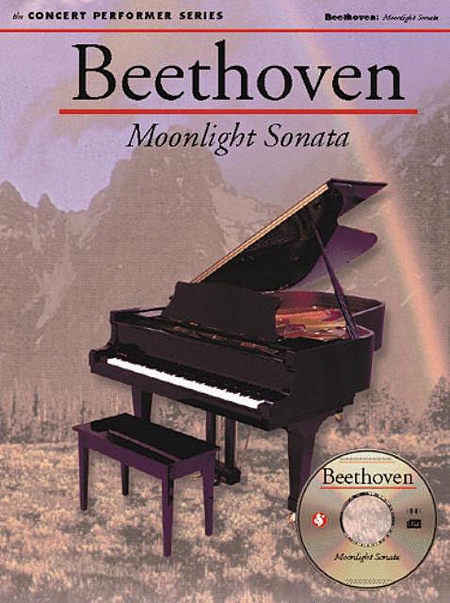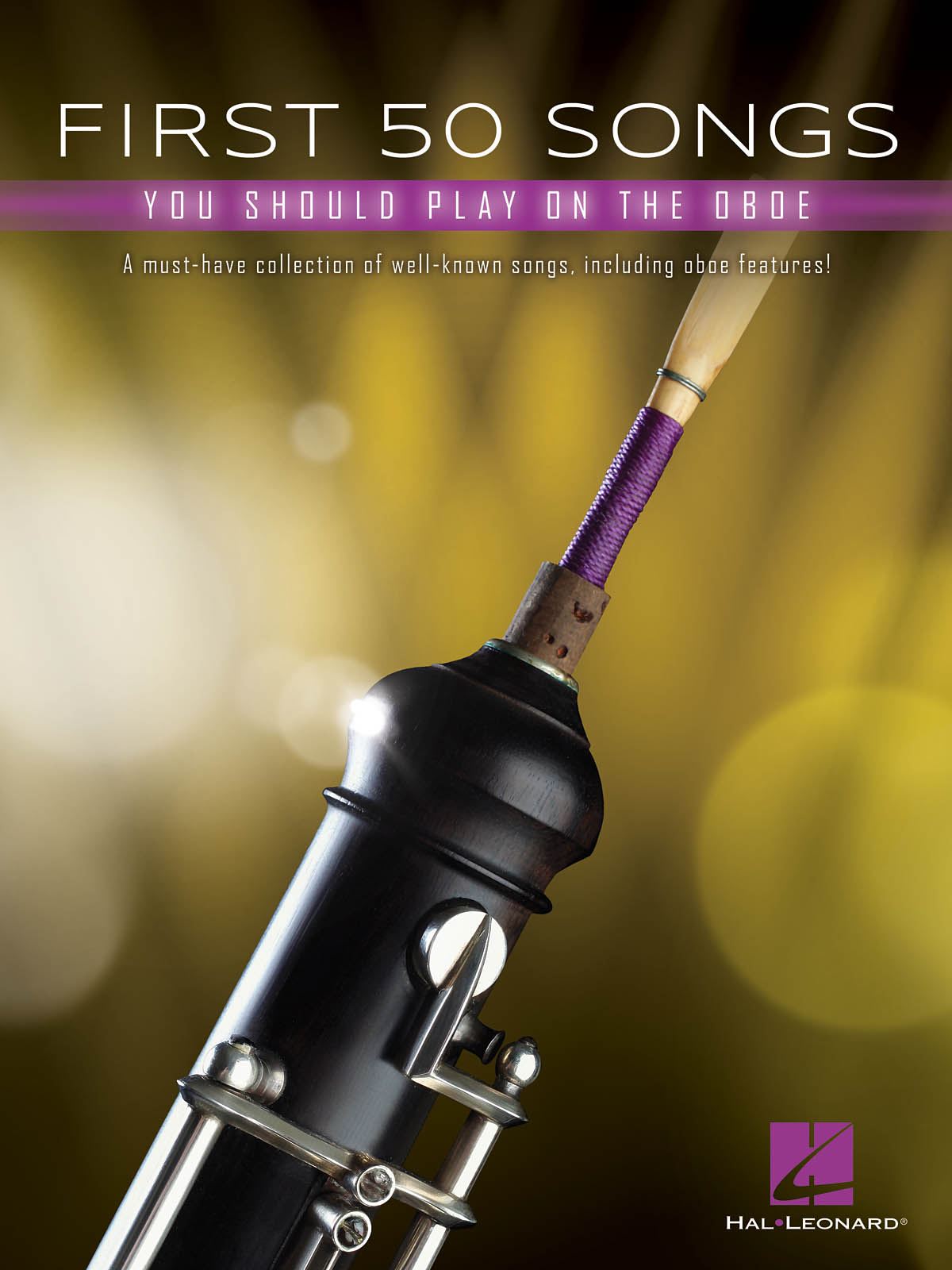Ludwig van Beethoven (1770 – 1827) was a German
composer and pianist. Beethoven remains one of the most
admired composers in the history of Western music; his
works rank amongst the most performed of the classical
music repertoire. His works span the transition from
the classical period to the romantic era in classical
music. His career has conventionally been divided into
early, middle, and late periods. The "early" period,
during which he forged his craft, is typically
considered to have las...(+)
Ludwig van Beethoven (1770 – 1827) was a German
composer and pianist. Beethoven remains one of the most
admired composers in the history of Western music; his
works rank amongst the most performed of the classical
music repertoire. His works span the transition from
the classical period to the romantic era in classical
music. His career has conventionally been divided into
early, middle, and late periods. The "early" period,
during which he forged his craft, is typically
considered to have lasted until 1802. From 1802 to
around 1812, his "middle" period showed an individual
development from the "classical" styles of Joseph Haydn
and Wolfgang Amadeus Mozart, and is sometimes
characterized as "heroic". During this time he began to
suffer increasingly from deafness. In his "late" period
from 1812 to his death in 1827, he extended his
innovations in musical form and expression. He was born
in Bonn, Beethoven's musical talent was obvious at an
early age, and he was initially harshly and intensively
taught by his father Johann van Beethoven. Beethoven
was later taught by the composer and conductor
Christian Gottlob Neefe, under whose tutelage he
published his first work, a set of keyboard variations,
in 1783. He found relief from a dysfunctional home life
with the family of Helene von Breuning, whose children
he loved, befriended, and taught piano. At age 21, he
moved to Vienna, which subsequently became his base,
and studied composition with Haydn. Beethoven then
gained a reputation as a virtuoso pianist, and he was
soon courted by Karl Alois, Prince Lichnowsky for
compositions, which resulted in his three Opus 1 piano
trios (the earliest works to which he accorded an opus
number) in 1795.
His first major orchestral work, the First Symphony,
appeared in 1800, and his first set of string quartets
was published in 1801. During this period, his hearing
began to deteriorate, but he continued to conduct,
premiering his Third and Fifth Symphonies in 1804 and
1808, respectively. His Violin Concerto appeared in
1806. His last piano concerto (No. 5, Op. 73, known as
the 'Emperor'), dedicated to his frequent patron
Archduke Rudolf of Austria, was premiered in 1810, but
not with Beethoven as soloist. He was almost completely
deaf by 1814, and he then gave up performing and
appearing in public. He described his problems with
health and his unfulfilled personal life in two
letters, his "Heiligenstadt Testament" (1802) to his
brothers and his unsent love letter to an unknown
"Immortal Beloved" (1812).
In the years from 1810, increasingly less socially
involved, Beethoven composed many of his most admired
works including his later symphonies and his mature
chamber music and piano sonatas. His only opera,
Fidelio, which had been first performed in 1805, was
revised to its final version in 1814. He composed his
Missa Solemnis in the years 1819–1823, and his final,
Ninth, Symphony, one of the first examples of a choral
symphony, in 1822–1824. Written in his last years,
his late string quartets of 1825–26 are amongst his
final achievements. After some months of bedridden
illness, he died in 1827. Beethoven's works remain
mainstays of the classical music repertoire.
The Fugue in D Major (WoO 31) is the only solo piece
Beethoven wrote for organ. It is also one of his
earliest surviving compositions, predated apparently
only by the Nine Variations on a march by Dressler, for
piano, WoO 63, and the three piano sonatas of WoO 47
(in E Flat, F minor, and D). It has been surmised that
this organ fugue was composed to fulfill examination
requirements for the position of second organist at the
Bonn Court, in February 1784.
The work is short; it features a main theme and several
minor subjects, which, for all their Baroque appeal,
hardly divulge any hint of the composer's mature style.
Yet the piece, almost as much a study as a serious
composition, has a few noteworthy moments. The ending,
for instance, features a busy and fairly compelling
recapitulation of the themes over a pedal point. In the
end, the work is interesting as a means to examine the
youthful composer's development. It was published
posthumously..
Source: Wikipedia
(https://en.wikipedia.org/wiki/Ludwig_van_Beethoven)
Although originally composed for Organ, I created this
Interpretation of the Fugue in D Major (WoO 31
Transposed to D Minor) for Oboe & English Horn.









